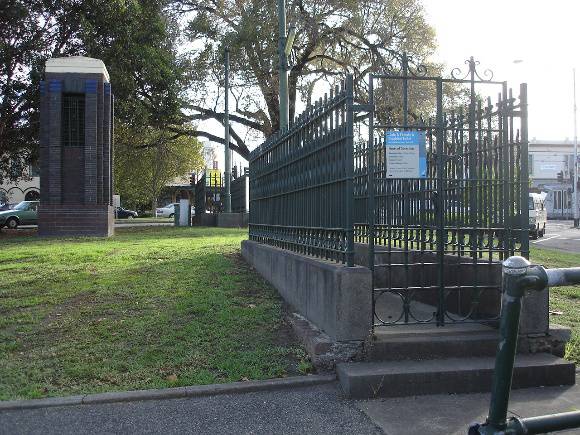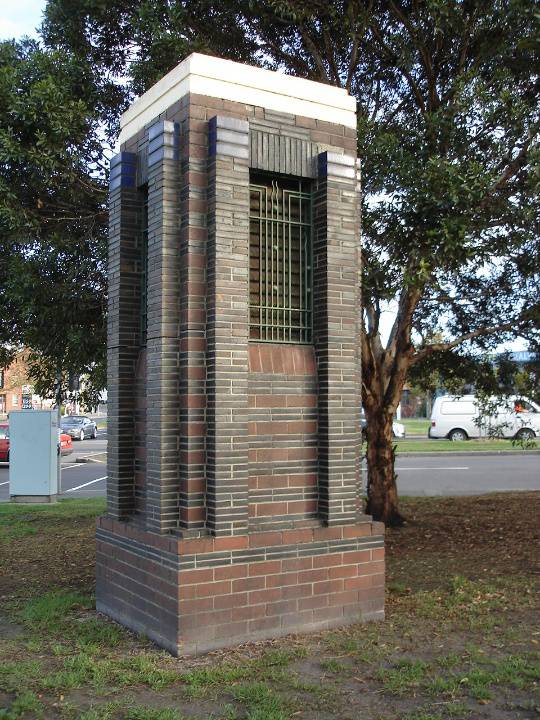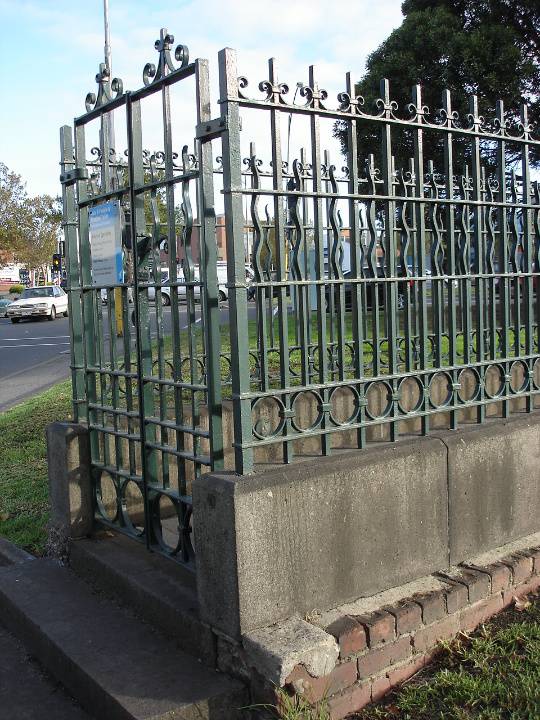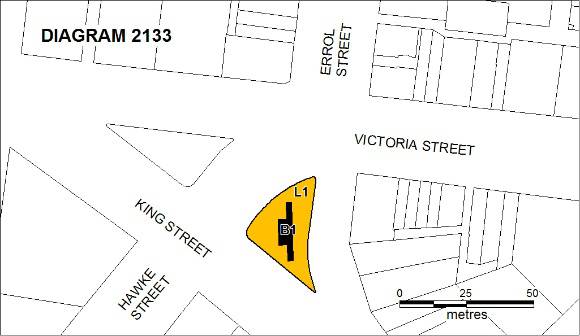| Back to search results » | Back to search page » |
|
UNDERGROUND PUBLIC TOILETS
LocationKING AND HAWKE STREETS WEST MELBOURNE, MELBOURNE CITY
File NumberPL-HE/03/1005LevelRegistered |
|
Statement of Significance
The underground men's public toilet in West Melbourne, built in 1938, is one of eleven built in Melbourne in the early twentieth century in response to public demand for public toilet facilities in Melbourne that were both sanitary and discreet. Street-level toilets were regarded as indecently open to public view. Underground toilets removed toilets from public view, and had already been built in Scotland, England and Sydney. The establishment in December 1890 of the Melbourne & Metropolitan Board of Works, responsible for building and maintaining an underground sewerage system, had provided the necessary infrastructure. The first underground public toilet in Melbourne, which included facilities for women as well as men, was opened in Russell Street in 1902. Several more were built before World War I: a men's in Queen Street in 1905; a men's and women's in Elizabeth Street opposite the Queen Victoria Market in 1907; a men's in Swanston Street in 1909 (now demolished); a women's in Elizabeth Street outside the GPO in 1910 (a men's was added in c1927); and a women's outside the Town Hall in Collins Street in 1914 (a men's was added c1960). A men's was built in Flinders Street in 1918. Four more were built in the inter-war period: this one in West Melbourne, one in Carlton, and two in East Melbourne (one of which has been demolished). The underground public toilet is in a small park at the corner of King and Hawke Streets, West Melbourne, near the south end of the Errol Street shopping strip. Above ground elements are very similar to the earlier underground toilets built in Melbourne between 1902 and 1918, and consist of two stairway entrances enclosed by iron railings, iron gates and cast iron combined ventilation pipes and sign posts. An additional feature at ground level, found only on this toilet and the one in Carlton built in 1939, is the moderne style polychrome brick ventilation shaft with decorative wrought iron panels. The toilet has now been decommissioned and the entrances are covered by concrete slabs. The condition of the interior is unknown.
Why is it significant? The underground public toilet in West Melbourne is of historical and architectural significance to the state of Victoria. How is it significant? The underground public toilet in West Melbourne is of historical significance as one of the group of public toilets built in Melbourne in the early twentieth century which reflects an important era of sanitary, technological and social reform, as well as contemporary attitudes to public decency. It is a reflection of a major engineering achievement, the development of Melbourne's underground water, drainage and sewerage system, and the advances in sanitation and public health made possible, following the establishment of the Melbourne & Metropolitan Board of Works in 1890. The underground public toilet in West Melbourne is of architectural significance as an example of an unusual building type, and of early twentieth century civic design. The iron railings, gates and columns and the brick ventilation shaft are of interest as examples of street furniture of the period.
Group
Community Facilities
Category
Public Lavatory







